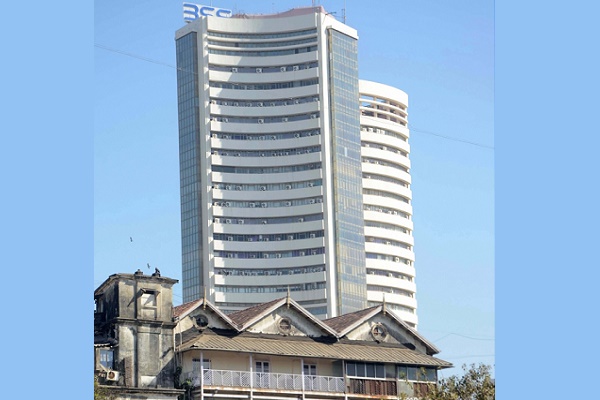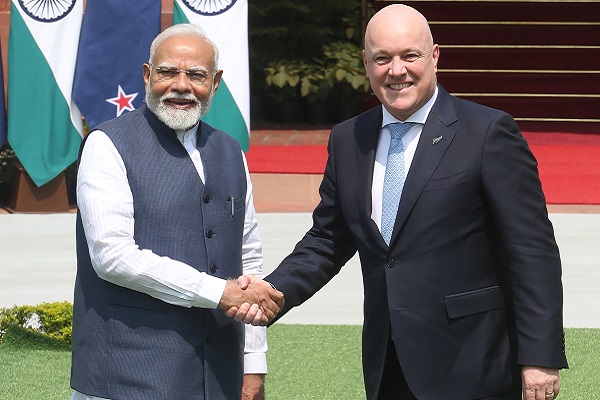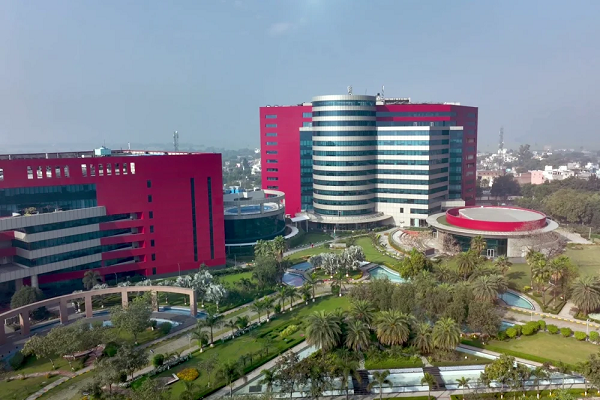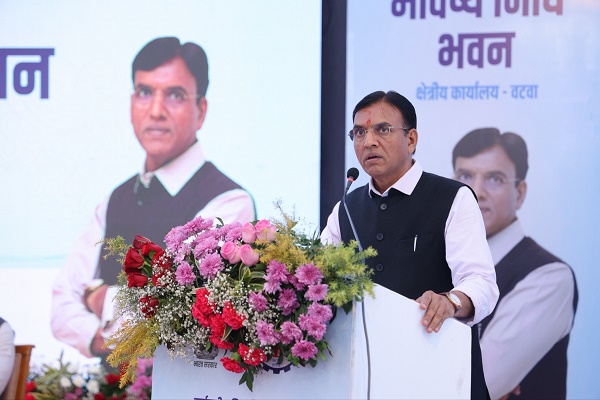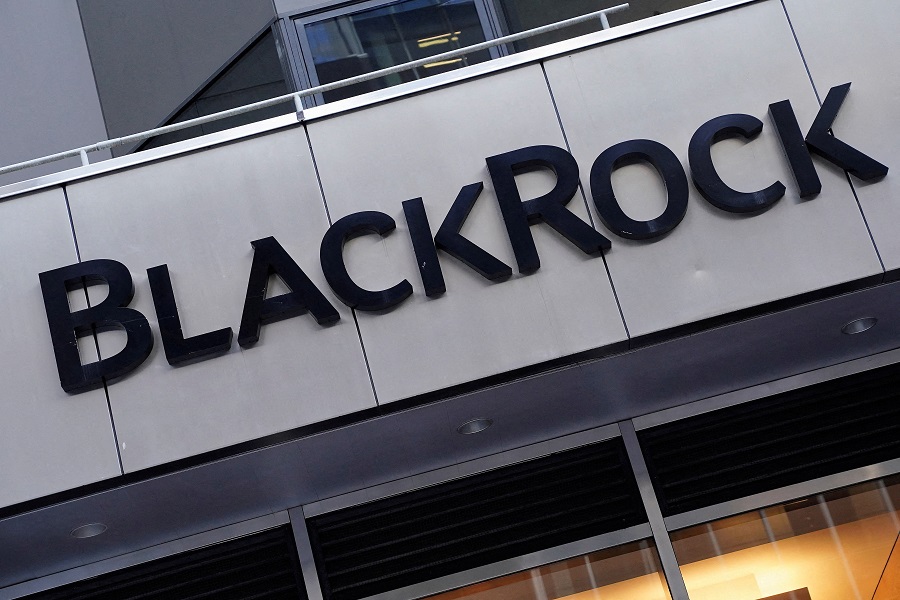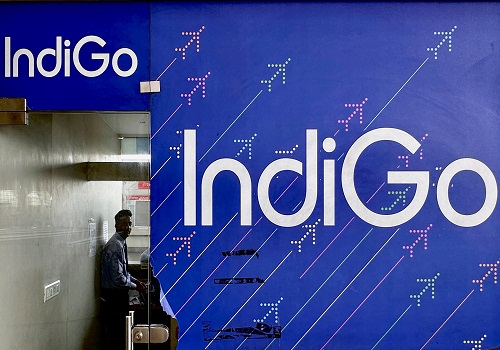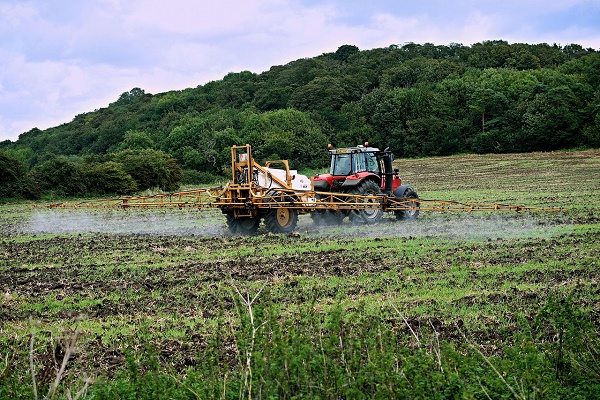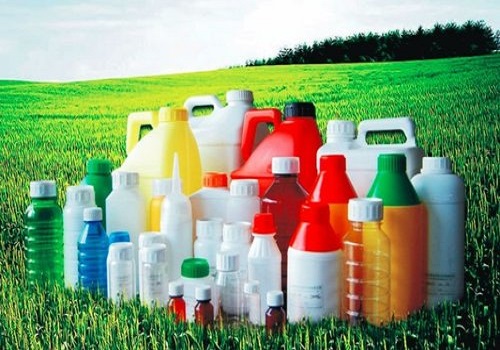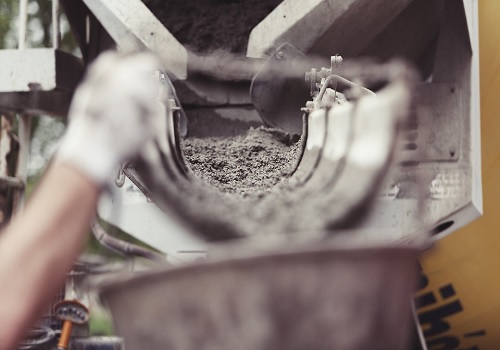Sowing Uncertainty: China’s Silent Disruption of India’s DAP and Speciality Fertiliser Supply by CareEdge Ratings
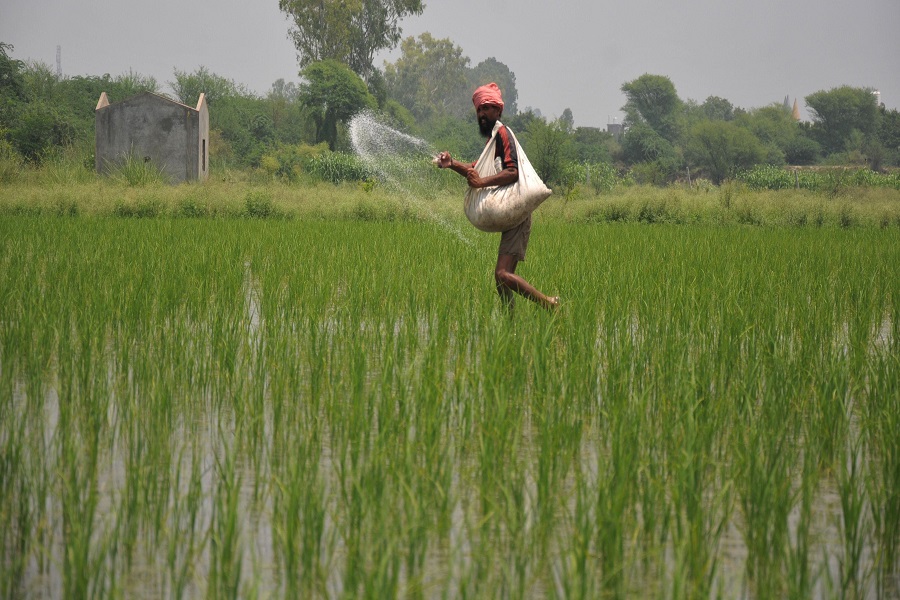
Synopsis
China has strategically extended its influence over global supply chains by targeting speciality fertilisers and key phosphate exports, following its earlier restrictions on rare earth elements. India experienced restricted supplies of di-ammonium phosphate (DAP) from China beginning in 2023, culminating in a complete halt by early 2025. Since April 2025, inspection clearances for fertiliser shipments to India (including both DAP and speciality fertilisers) have been withheld, effectively halting supplies while exports to other countries remain unaffected. This selective disruption appears to be a calculated move to maximise its strategic impact on India, coinciding with the onset of the kharif season when timely application of both DAP and speciality fertilisers is crucial for optimising yields in staple and high-value crops.
This halt highlights a critical vulnerability in India's import-dependent agricultural input supply chain, raising immediate concerns about short-term availability, pricing pressures, and long-term supply security. In response, India has secured a five-year agreement with Saudi Arabia to import 3.1 million tonnes of DAP annually (equivalent to approximately 30% of its requirement), signalling a decisive shift towards supply diversification and enhanced resilience. However, the continued disruption in Chinese DAP supply has already contributed to a sharp uptick in international prices, which is expected to significantly increase the government’s fertiliser subsidy outlay to shield farmers from higher input costs.
Nurturing growth: The Role of DAP and Specialty Fertilisers in Indian Farming
Di-ammonium phosphate (DAP) is the second most consumed fertiliser in India after urea. It provides essential phosphorus and nitrogen nutrients required during early root development and initial crop growth. DAP is commonly applied at sowing for major staple crops, such as wheat, rice, pulses, and oilseeds, and plays a crucial role in nutrient management during both the kharif and rabi seasons.
Speciality fertilisers, although currently a smaller segment, refer to a category of advanced fertilisers that are designed for targeted and efficient nutrient delivery. These include water-soluble fertilisers (WSFs), micronutrient blends (such as zinc, boron, and iron-based formulations), slow- and controlled-release fertilisers, and customised NPK (nitrogen, phosphorus, potassium) formulations tailored to specific crops and soil types. Unlike conventional fertilisers that are broadly applied, speciality fertilisers support precision agriculture practices, resulting in higher nutrient-use efficiency, reduced environmental loss, and improved crop yield and quality. These fertilisers are particularly critical for horticulture crops, such as fruits, vegetables, spices, and floriculture, where nutrient imbalances or deficiencies directly impact quality and export value
India’s total fertiliser consumption exceeds 60 million tonnes (MT) annually (refer to Exhibit 1), with speciality fertilisers representing a smaller but fast-growing segment, estimated at 1.2 to 1.5 MT per year. Approximately 25% to 30% of speciality fertiliser demand is met through imports, reflecting limited domestic availability of certain advanced formulations. In contrast, DAP consumption is significantly higher at 8.91 MT in 2025, with imports accounting for 4.56 MT (i.e. 51% of total DAP consumption) to bridge the demand-supply gap.
Exhibit 1: Trends in production, consumption and imports of total fertilisers in India

According to IMARC Group, India’s fertiliser industry is expected to grow at a CAGR of 4.2%, reaching US$16.58 billion by 2032. In FY25 (referring to April 1 to March 31), total fertiliser production increased to 51 MT, supported by flagship schemes such as PM-KISAN and PM-Garib Kalyan Yojana, which have improved farmer liquidity and fertiliser affordability, alongside support from global agencies like the United Nations Development Programme.
India’s Import Dependency and China’s Predominance
India relies heavily on a handful of global suppliers to meet its fertiliser requirements, with China holding a dominant position—particularly in the speciality segment, and until recently, in DAP as well. China accounts for nearly 70% to 80% of India’s speciality fertiliser imports, with volume ranging between 150,000 and 160,000 tonnes during the key June to December period. These imports are concentrated mainly in water-soluble fertilisers such as calcium nitrate, potassium nitrate, monoammonium phosphate (MAP), chelated micronutrients, and speciality NPK blends. In the case of DAP, China was historically among India’s major sources, backed by competitive pricing, large-scale production, and integrated supply chains. However, its role has diminished since the imposition of export restrictions in 2023. Other import destinations—such as Israel, Jordan, Russia, Oman, Morocco, and Saudi Arabia—have partially filled the gap. However, few match the scale, pricing efficiency, or formulation diversity that Chinese manufacturers have traditionally offered. Exhibit 2 illustrates the shifting landscape of India’s fertiliser imports, highlighting the growing role of alternate suppliers and the evolving trade dynamics.
Exhibit 2: India’s Fertiliser Imports by Country – Top 5 Suppliers

India’s overall fertiliser imports from China have decreased consistently in the past few years, reaching a notably reduced volume in FY25 due to China’s export restrictions and India’s efforts to diversify supply sources. Nevertheless, India remains significantly dependent on China for speciality fertilisers, highlighting a continued strategic vulnerability in this segment.
Geopolitics and Fertiliser Security: The China Factor
Since early 2023, China has gradually restricted fertiliser exports to India, culminating in a near-complete halt in early 2025. The rationale behind this unofficial halt remains speculative, but it appears consistent with China’s broader pattern of restricting strategic exports without formally invoking trade bans. A similar move has been previously observed in cases involving rare earth magnets, electronic components, and active pharmaceutical ingredients (APIs). By leveraging its position as a key supplier of fertilisers, China may be aiming to exert indirect pressure on India’s agri-input ecosystem at a time when dependence remains high and domestic substitution options are still under development.
The disruption in DAP supply has been particularly severe, with imports from China falling sharply from 2.29 MT in FY24 to just 0.84 MT in FY25, with no shipments recorded since early 2025. This supply squeeze has driven a sharp surge in global DAP prices, rising from US$633 per tonne in January 2025 to US$770 in June, and further to US$800 in July 2025 (see Exhibit 3). The price escalation has placed significant pressure on India’s fertiliser subsidy budget, as the government continues to absorb a large share of DAP costs to ensure affordability for farmers. In addition to fiscal pressures, on-ground impact has been significant, with farmers expressing increasing concern over the unavailability of DAP during critical sowing periods.
Exhibit 3: Monthly DAP Price Trends

Potential Impact on India’s Agriculture Sector
The disruption coincides with the ongoing kharif season, a period when demand for DAP peaks, particularly for staple crops such as rice, maize, pulses, and cotton. DAP plays a crucial role during sowing by supporting healthy root development, and any shortages risk lower yields, diminished crop quality, and increased financial pressure on farmers. Meanwhile, demand for speciality fertilisers—which are vital for horticultural crops like grapes, pomegranates, chillies, onions, and commercial vegetables—typically rises during the kharif season, especially across horticulture-intensive states such as Maharashtra, Karnataka, Andhra Pradesh, and Punjab, with peak consumption occurring in September. Given that we are a couple of months away from September, this window offers an opportunity to stabilise speciality fertiliser supplies before peak demand, as prolonged shortages could adversely affect crop quality and export competitiveness.
In addition, the supply disruption could trigger a spike in fertiliser input prices, driven by limited availability, increased reliance on costlier substitutes, and speculative stocking by intermediaries. Key inputs affected include precision formulations such as water-soluble fertilisers, micronutrient blends, controlled-release products, and critical raw materials (like rock phosphate). This would further reduce margins for small and medium farmers, who are least equipped to absorb cost escalations. In the long term, inconsistent availability of precision inputs may affect India’s positioning in the global agri-export market
Building Resilience: Alternative Sourcing and Domestic Expansion
In response to the ongoing supply disruption, India has accelerated efforts to diversify its fertiliser sourcing and reduce dependence on China. Countries such as Russia, Morocco, Jordan, Israel, and members of the Gulf Cooperation Council (GCC) are being actively explored as alternative sources. However, these suppliers currently have limited spare capacity and product diversity, and their ability to match China’s pricing remains uncertain. In the short term, this transition may lead to increased procurement costs as India navigates tighter global supply availability and growing competition for resources.
In a key development in July 2025, India signed a long-term agreement with Saudi Arabia for the annual supply of 3.1 million tonnes of DAP, covering nearly 30% of its domestic demand, with the option to extend the arrangement for an additional five years. The deal, executed by Indian Potash Limited (IPL), Krishak Bharati Cooperative Limited (KRIBHCO), and Coromandel International Limited (CIL) with Saudi major Ma’aden, marks a strategic step toward securing long-term supply stability amid persistent export curbs by China. It is expected to play a critical role in ensuring DAP availability ahead of peak agricultural cycles
Exhibit 4 below shows the evolving composition of India’s top five DAP import partners over recent years. Despite emerging export restrictions, DAP imports from China increased to 2.29 million tonnes in FY24, before a sharp decline in FY25. This was primarily due to Indian importers front-loading purchases in anticipation of tighter curbs, limited availability from alternative suppliers, and intermittent export clearances still being issued by Chinese ports.
Exhibit 4: DAP imports in India – Country-wise (Top 5)

Simultaneously, bolstering domestic manufacturing capabilities remains a strategic priority. Indian fertiliser companies will need to expand DAP production capacities, pursue backwards integration for key raw materials such as phosphoric acid and ammonia, and forge partnerships to access advanced technologies—particularly in the speciality segment. On the policy front, revisiting and streamlining the regulatory architecture, especially under the Fertiliser Control Order (FCO), along with rationalising subsidy structures and incentivising R&D collaboration between public and private stakeholders, will be vital. These measures are essential not only for mitigating supplyside vulnerabilities but also for building a more self-reliant and resilient fertiliser ecosystem over the long term
CareEdge Ratings’ View
“While China’s unofficial halt on speciality fertiliser exports may cause near-term disruption, particularly during the ongoing kharif season, it highlights India’s structural overdependence on a single supplier for critical agricultural inputs such as DAP and speciality formulations. In the immediate term, ensuring adequate inventory and timely distribution—through coordinated efforts between the government and private stakeholders—will be essential. The recent agreement with Saudi Arabia for long-term DAP supply is a timely step in this direction and reflects the urgency of securing diversified and reliable sources,” said Sachin Mathur, Associate Director at CareEdge Ratings.
“This episode should serve as a strategic inflexion point in India’s fertiliser policy. The push toward self-reliance under Aatmanirbhar Bharat must now translate into tangible outcomes in both speciality fertilisers and core nutrients, such as DAP—through targeted investments, innovation-led growth, and institutional support. Though smaller in volume, speciality fertilisers are critical for high-value horticultural crops, while DAP remains foundational for staple crop productivity. A diversified and resilient agri-input ecosystem will be key to sustaining long-term agricultural competitiveness,” added Puneet Kansal, Director at CareEdge Ratings.
“India ranks among the world’s top two consumers of fertilisers by total nutrient volume, and the current supply disruption threatens not only crop yields but also the progress made in enhancing soil health, which is vital for precision and sustainable farming. A prolonged shortage could jeopardise food security and impact the livelihoods of millions. Yet, this crisis presents a unique opportunity. With China pausing fertiliser supplies, Indian manufacturers are stepping up to bridge the gap by increasing domestic output, which will not only benefit them but also drive innovation, particularly through the adoption of advanced technologies and the development of new formulations. Policymakers, manufacturers, and farmers are collaborating to combat the issue with a combination of alternative sourcing, local production, and on-the-ground innovation. Ultimately, this challenge is reinforcing India’s commitment to achieving self-reliance in critical supply chains, especially those linked to food security and strategic industries,” concluded Priti Agarwal, Senior Director at CareEdge Ratings
Above views are of the author and not of the website kindly read disclaimer

